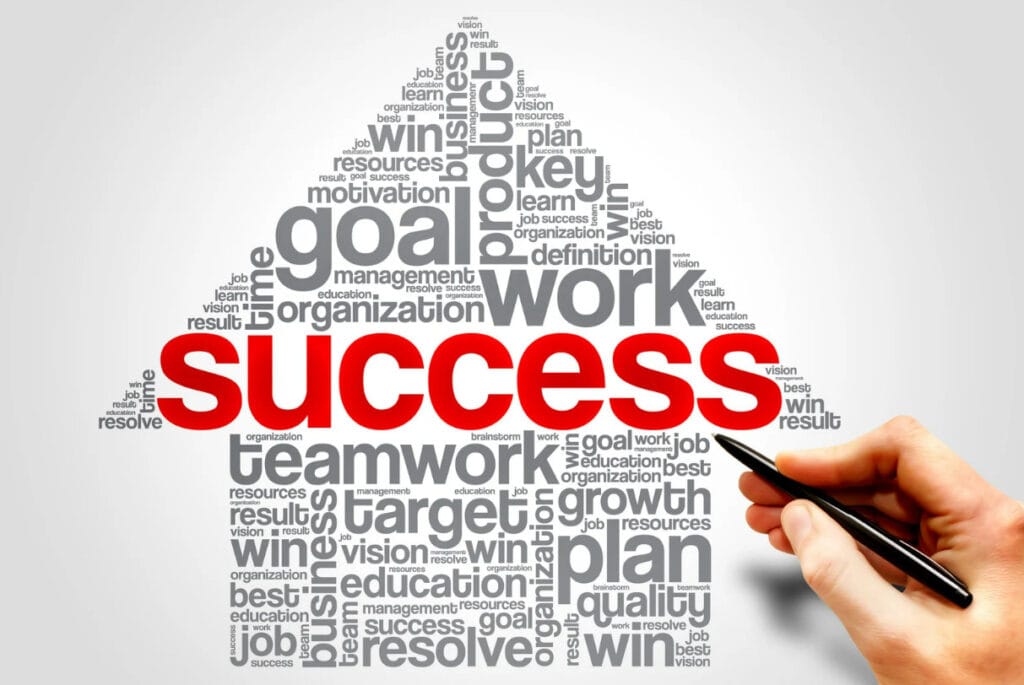Leadership, be it in business or otherwise, is not a buzzword. Providing direction in a professional environment to achieve collective organizational goals is anything but easy. From Chief Executive Officers (CEOs) to managers and other executives, a leader’s role assumes multiple facets.
Table of Contents
These include right decision-making, critical analysis, time commitments, accountability, and efficient management. McKinsey & Company’s Year in Review 2023 insights state that resilience and leadership are the need of the hour.
As organizations strive for inclusive and sustainable growth, their leaders are called to a whole new dimension of ‘inside-out’ leadership. In this article, we will discuss how personal growth enables top executives to drive business success.

How Personal Growth Triggers Business Success
Leadership, especially one that flows from the inside out, is often nuanced and complex. Thankfully, when done right, it is an overflow of positive outcomes for the individual in question, their business, and their team.
Running a successful business enterprise has always been challenging. This challenge has only become multifaceted in today’s landscape of fast-paced chaos. Work-life balance can seem elusive, market trends can seem out of control, and gaining a competitive advantage may be arduous.
Did you know that 2023 marked the year when a record number of CEOs exited their roles? Understandably, they needed a break. Successful CEOs like to build small yet concrete daily habits that influence their lifestyle. This may be as simple as developing a solid morning routine.

The morning routine of a CEO can set the tone for an overall productive and fulfilling day. Consequently, a top venture is the culmination of thousands of productive days. Let’s use the example of Meta’s CEO, Mark Zuckerberg’s life, to understand this better.
The recently-turned 40-year-old revealed that he wakes up religiously every morning to train with Mixed Martial Arts (MMA) fighters and spend quality time with family. As we are all aware by now, Zuckerberg believes in eliminating non-essential choices by putting on the same outfit every day.
This may seem like a mere stylistic approach but is an apt example of inside-out leadership. Meta’s CEO chooses to focus on practical personal growth to inspire the same in his team members.
This does not mean everyone must put on the same clothes daily. The aim is to set an example of discipline and determination for others to follow. It is no surprise then that Mark manages to make time for family travels, tucking his children into bed at night, and enjoying hobbies like jiu-jitsu.
The Successful CEO’s Personal Development Plan
Any CEO’s personal growth or development will undoubtedly play a massive role in their company’s success. When leaders grow internally, they are better equipped to consider diverse viewpoints and analyze every situation from all angles.
So, what skills would essentially fall under a leader’s personal growth realm? With the right resources, it’s possible to improve in all areas, including communication, resilience, adaptability, decisiveness, and agility.
Let’s look at three important elements that make up a successful CEO’s personal development plan.
Relevant Books
The climb to the top of the corporate ladder can be steep, unforgiving at times, and overly crowded. What many successful CEOs consider to be their differentiator in this race is the simple act of reading.
We are not implying that you can only be effective in your role as a leader when you read 52 books a year. However, highly successful leaders are so because they never cease to gain specialized knowledge for their specific purpose.
The best part is that there is no pressure to read a certain genre of books. Top executives find that almost everything they read can inspire growth, including poetry, literature, politics, and self-help books. This is precisely why the most notable feature of their homes is an extensive library with a wide range of good reads.

Coaching and Mentorship
They say there is nothing new under the sun, and that is correct. Every effective leader understands the importance of continuous growth via mentorship and coaching. As per Mark MacLeod, the purpose of coaching is to guide the CEO in the direction of better personal and organizational growth opportunities.
The coach or mentor will ask relevant questions to understand the challenges faced by the leader. Based on the answer, they will determine different means to encourage and help. For instance – a coach may advise the CEO to prioritize core tasks whilst delegating recurring ones for better work-life balance.
They may even assist the leader in establishing and following a strict morning routine to kickstart a productive day. An ideal coach or mentor is one with solid experience and expertise in all things business.
Network Expansion
Are we not the company we keep? Then, how can CEOs separate this truth from their invaluable role? The more a CEO expands their network to welcome the perspectives of like-minded counterparts or otherwise, the more they broaden their horizons.
In other words, networking consistently through expos, podcasts, and other events can help leaders focus on overarching goals instead of singular issues. They can understand all the challenges of their organization better, along with avenues for growth.
CEO networks are not merely a source of industry-based chit-chat. This fabric of personal contacts offers feedback, insights, and support for better organizational management.
In the final analysis, every year brings certain growth spurts for some CEOs, whereas others sit on the hot seat due to painful struggles, as revealed by Fortune. Personal growth for leaders has become more important than ever, as 1,914 of them stepped down in 2023. That’s a shocking 55% rise compared to the previous year.
As more and more CEOs embrace the inside-out leadership journey, they should be able to witness greater business success.



